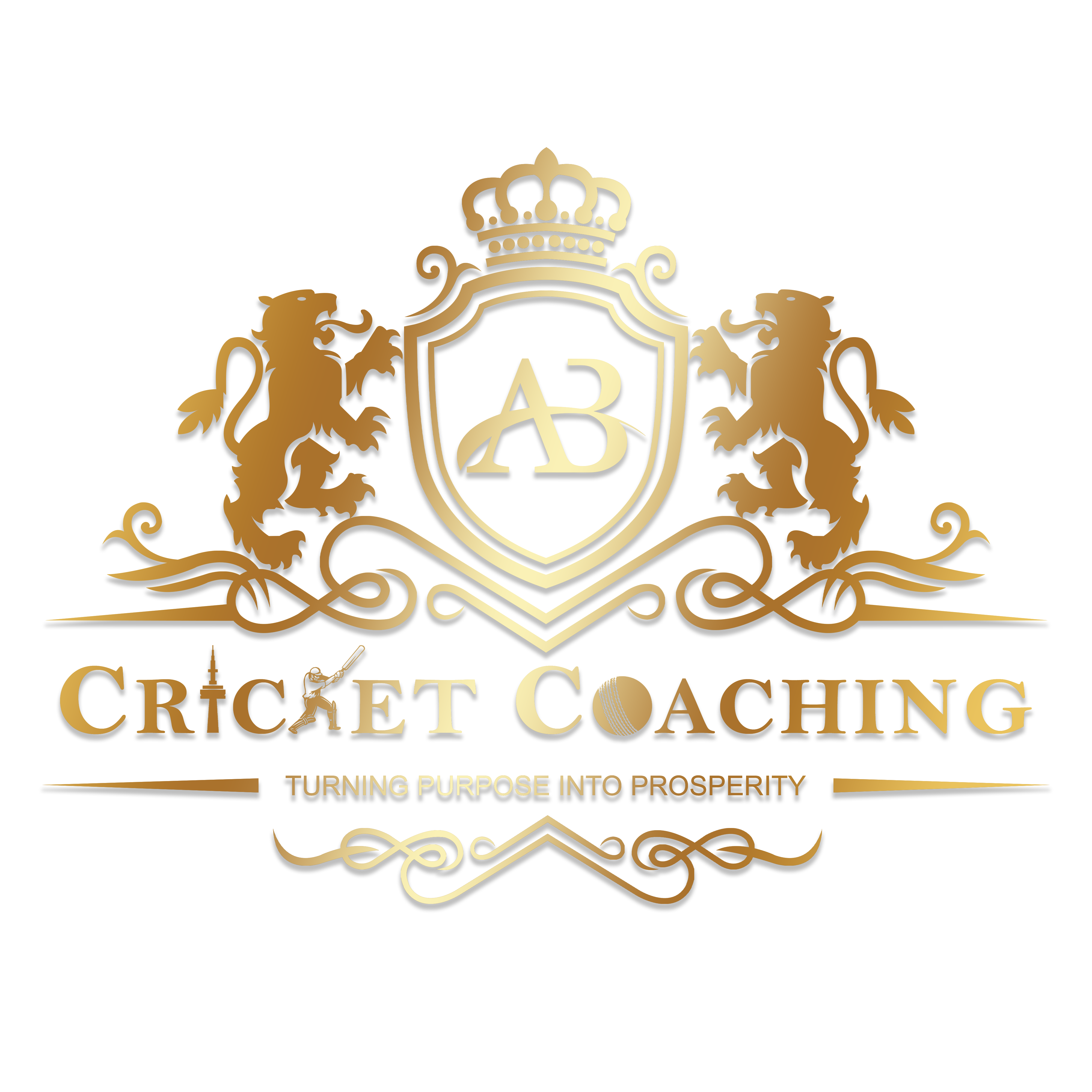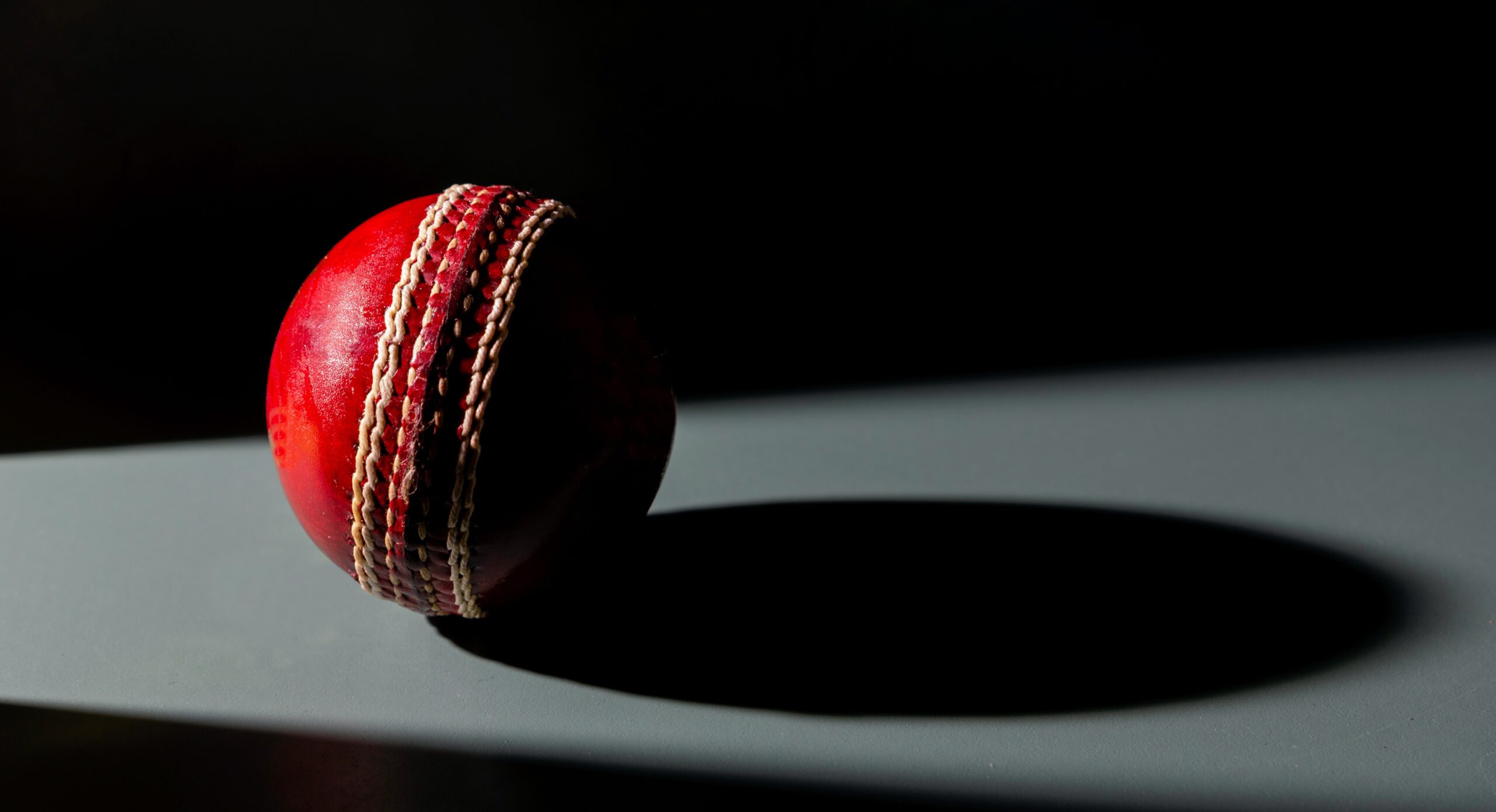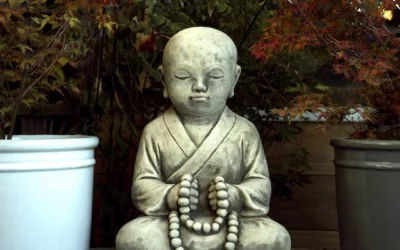Vision Training In Cricket
Vision plays a crucial role in the game of cricket. In vision training, the eyes are essential to take advantage of opponents. Its uses are of various manners in cricket. There are plenty of professional drills that great teams use on the grounds. They use these drills to train professionals on how to use their eyes. I am sharing a few how to train your peripheral vision as follows.
Peripheral vision Drills:
These drills also helps you to avoid dangers of distractions in cricket and improves your mentality.
1.1: Crucifix Ball Drop:
Player X drops either ball – player Y must dive/lunge forward to catch the ball before it bounces twice on the ground.
1.2: Reading While Catching:
This drill is for a group of three players at a time. Stick an article to the wall. Player A stands in front of the article, about arm’s length away from the wall. Players B & C stand +/- three meters to their left and right. While person 1 reads the article out loud, player B & C feeds him with balls from alternate sides. Person A throws back to the player from whom he received the ball. Each player should receive 20 balls from each side.
1.3: Field Drills:
1 = 2 Throw two balls simultaneously, for 1 minute towards the player. See how many cycles a player can complete without dropping the ball. 1 x 2 Two balls at once, but now they must cross in the middle. The hands must not cross. 1 =2 Now, you must use three balls. Juggle the three balls. There must be two balls in the air at all times.
2. Eye Movements
2.1: Motilities (small):
Keep your index fingers 30cm apart, and 45cm from your eyes. For 30 seconds, look left, right, and left. One cycle is left, right, and back to the left again. Count the cycles you get in 30 seconds. Your aim should be 60-70 cycles.
2.2: Motilities (large):
Stand next to the pitch. While keeping your head steady, look from one wicket to the other and back. Count how many pitches are in 30 seconds.
2.3: Thumb Rotations:
Do this exercise with one eye close at a time. To do this exercise cover one eye. Keep your thumb stretched out in front of you. Hold your chin with one hand and only move your eye horizontally, vertically, and rotational.
Horizontal x 30: Move your thumb to the right & then to the left, with your eyes following your thumb simultaneously.
Vertical x 10: Move your thumb up and down.
Rotational x 10: Make circular movements of the thumb while keeping your eye on the thumb.
2.4: Balancing Book On Head:
Balancing book on your head is a great way f improving your vision training. Try to make the balance by keeping a book on your head while following the flight of a ball or object that is thrown or hit. While balancing the book on your head, follow a softball as it rolls slowly around the inside of a frisbee. After you ace the softball, replace it with a faster-moving cricket ball or even faster-moving golf ball.
3. Accommodation
3.1: Brock-String:
Hold string on the nose, let a friend hold the other end, or tie it to the door knob. Focus on the front bead. The lines should make an x on the bead. If the x is either in front or behind the bead, then push the x with your eye muscles to the bead. Start further away and as you progress, bring closer. This can also be done with a big string and ball over the length of the pitch.
Try to do as much as possible. Focus changes, as accurately as possible.
1: Hold your finger at arm’s length. Look at the finger – you should see it as single. Look at the vertical line (for example, door frame or pole) behind the finger. You should see two fingers. Look back at the finger then you should see two poles. View from finger to pole to finger. What you focus on should be single. Repeat 5 times.
2: Move the finger closer to the face and repeat the above procedure 5 times. Continue moving the finger closer to your face until the finger can no longer be seen as single.
4. Depth perception
4.1: 3D Pictures
Method 1: Focusing behind the picture. Hold the book close to your eyes. Have your eyes as if you are staring. Lock the focus and slowly take the picture away.
4.2: Hitting Cones:
Two players stand 20 meters apart with a cone between them. The focus point must be a spot on the cone. They both get 10 hits with a tennis ball to hit the target.
5. Reaction Time
5.1: Turn & Catch:
Stand with your back to a friend. Have him gently throw a cricket ball, and he yells now. When you hear the voice, turn around, find the ball & try to catch it. Regular practice of this exercise can make your brain respond faster. It is a great vision training method.
5.2: Ball Against Wall While Facing Wall:
Player X stands arm’s length away from the wall, facing the wall. Person Y throws the ball randomly against the wall. Player X must catch the ball before it touches the ground.
6.Eye-hand-body-brain coordination
6.1: Juggling
Juggle 3 or 4 balls at a time. Once you ace this, stand on one leg while juggling. After mastering juggling while standing on one leg, try to cover one eye and stand on one leg.
6.2: Batting With Stump On Balance Beam:
A player walks forwards and backward on the balance beam while hitting tennis balls with a stump. The balls are thrown randomly toward him. He gets 20 attempts. Any loss of balance or miss-hit is a penalty.




